Babcock has signed a strategic cooperation agreement (SCA) with Polska Grupa Zbrojeniowa (PGZ) to expand collaboration across naval and air domains, the company stated.
The agreement was concluded during the MSPO defence exhibition in Kielce, Poland, and is intended to create new opportunities for joint design, construction, repair and servicing of naval platforms, as well as sustainment of military aircraft. It also covers potential cooperation in asset management solutions for the Polish armed forces.
Babcock already works with PGZ as platform design provider and technology partner on the Polish Navy’s Miecznik frigate programme. The three-ship project, based on Babcock’s Arrowhead 140 design, is intended to strengthen Poland’s maritime capabilities in the Baltic and beyond.
David Lockwood, Babcock CEO, signed the SCA alongside Adam Leszkiewicz, CEO of PGZ.
“The UK and Poland has longstanding close ties, and this growing industrial partnership with PGZ SA will deepen our relationship and accelerate our support for the Polish armed forces, alongside our joint global ambitions across air and marine domains. The Miecznik programme is a great example of the benefits our relationship is already delivering,” Lockwood said.
Leszkiewicz described the deal as a milestone. “Building long-term partnerships with foreign partners is crucial to PGZ strategy. Our cooperation with Babcock demonstrates real partnership. Today’s agreement is a milestone in our cooperation, which we are building across various domains with decades in mind. Together, we strengthen not only the Polish Armed Forces but also NATO’s security and military potential,” he said.
Babcock maintains operations in Gdynia and Warsaw and has been seeking to expand its role in Poland beyond the Miecznik project. The new agreement signals closer alignment between UK and Polish industry at a time of increased focus on defence cooperation across NATO’s eastern flank.


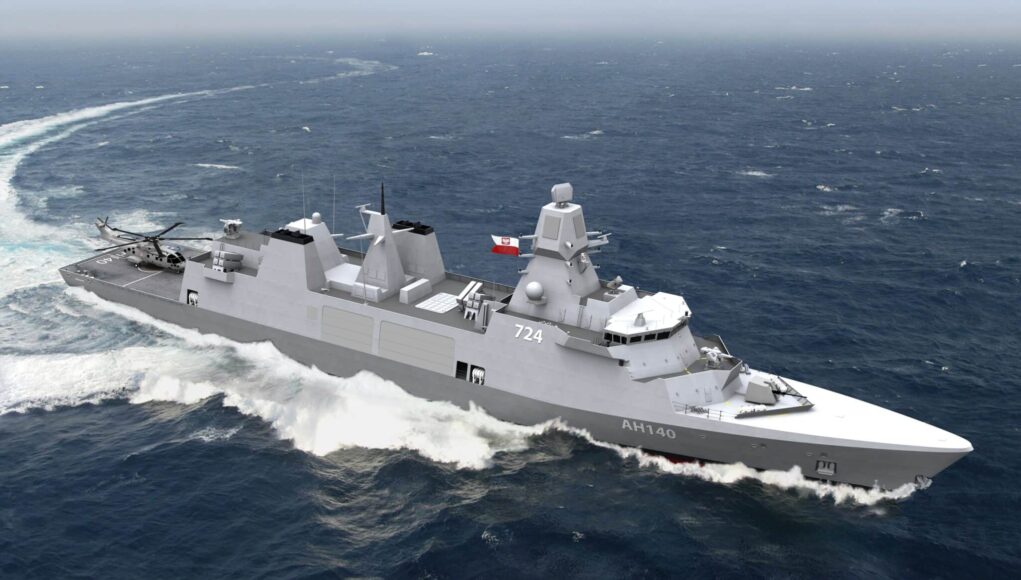
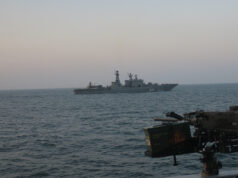
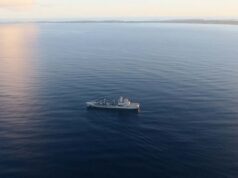
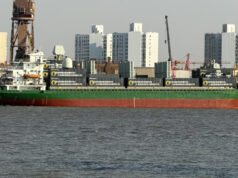
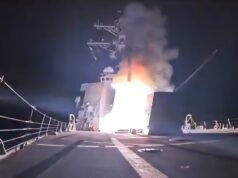
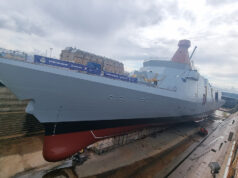
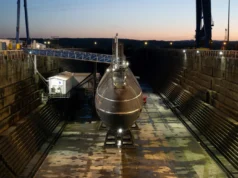

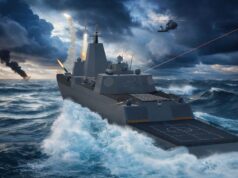
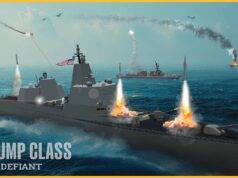


This will be for more T31 blocks I suspect.
Similarly the extant yards in Denmark and Sweden could well contribute in that way to the T31 jamboree.
Sweden will fit out her own and Denmark will want Babcock to do that after the IH CMS issues….
Could be T31 blocks, but might be a deal for polskla kielbasa 🙂
Indeed could be for T31 blocks which are then sent by barge to Scotland to build T31s for RN, or Poland, or Denmark, etc, etc.
Would be one way to increase production rate whilst still being able to say they were ‘built in the UK’.
They built rear for the Albions; if Poland can add to the Defence industrial capacity of the UK and add to export orders – crack on.
Now, about a T31 Baltic manned Squadron led by a Polish T26 frigate?
Pity our T31s aren’t getting the same radar fit as the Polish ones. Can only dream that the T26s get a radar fit as per the Wichers.
The Danes will want a decent AAW ship. As I understand it, give or take a few more CAMM, cheap and cheerful HMS Venturer would match HMS Richmond for duties in the Red Sea. For the RN, 5 more modern frigates is like Christmas has come early. Never mind the quality, feel the width 😂
Yep of the danish order does come through it will mean Babcock will be building a decent AAW frigate verson of the T31, because the danish spec is for an area defence frigate, not a GP/patrol frigate. I think the big question will be will the Dane’s go with an American missile loadout SM2 and ESSM or will they go with a European missile loadout, CAMM, ER, MR and or Aster 15-30… I think possibly with their dire experience of the ESSM fire control failure and their inability to fix it ( the main reason they are having to ditch 3 high end AAW ships after 10 years and turn them into patrol ships) as well as Trump essentially threatening them with annexation of sovereign territory is suspect they will ditch the US systems and go full European based around the extended CAMM family and maybe Aster.
I think this may give the RN and MOD a potentially cheap and off the shelf AAW option that would allow them to expand the numbers of AAW platforms in the fleet without breaking the bank.
Indeed, plenty tech for the experts, which don’t include myself, to debate. Looking at the development history of ESSM though I get the impression that CAMM is the better choice – just newer and cheaper technology from the get go. I suspect the decision might hinge on whether the range and altitude of CAMM-ER can come close to SM2. If it does, then cost and a system built from Thales radars, Thales CMS, and what will be soon be proven integration with CAMM with CAMM-MR to come, could be an attractive low risk no brainer for the Danes.
It will be interesting to see what happens and their missile choices.
I do wonder if the lack of order around Mk 41 for the T31 is to see what the ExLS 12 launcher matched with CAMM, CAMM ER and MR could give you.
And if the Dane’s prove the concept of a CAMM based area defence frigate I could see the T31 CIP going down that road..
Give it 4 three cell ExLS silos and you have a mix of say 42-48 missiles with a 0-25km range 1-50km range and 1-100km range.
It would not surprise me if type 31 does end up with ExLS because there is now a reference that T26 will get 4×3 ExLS.
Things are looking good for the Arrowhead 140. I did not realise that Poland has an option for a further 5 Arrowheads on the top of the three ordered. If Denmark, Sweden and Poland go ahead with Arrowhead 140 that would give the Baltic States 10-15 modern frigates and four high end corvettes from Finland. With 7 modern submarines in the planning between Sweden and Poland and the Danes thinking about the reintroduction of submarines to their fleet the Baltic is well covered.
It really is a pity that the UK has no AIP submarine construction ability.
I just wish the RN could get some more ships. For example 1 extra T26, 6 T32s based on the stretched T31 each to carry a company of 80-110 Marines (no heavy equipment) and a below flight deck mission bay to carry and launch 3 CB90s, no midship mission bay. Also 4 MRSS based in principle on the Dokdo class. A Dokdo class can land a complete Battalion sized Battle Group, or operate as a escort carrier, anti submarine carrier, a drone/UUV/USV carrier, humanitarian aid ship. Thats fairly Multi Role. I am also not asking for the six MRSS but four although six would be better. I think they cost about £300 million when built. Based on the savings generated due to orders this should be possible.
For me, the key is delivery timescales.
Any new order is splendid news both for the T31s and T26s.
But they need to be built, fitted out and delivered in a timeline that’s sensible. WWI lasted 6 years. WWII 5 years. The gap between WW1 and WWiI was 21 years. How long does it take for the MOD to build a frigate today? Ignoring the wittering period, when financial hoops are jumped.
HMS Glasgow is expected to be commissioned in 2028 after being laid down in 2017. Nine years
The first dreadnaught battleship, yes HMS Dreadnaught was built and commissioned in a year?
What is going wrong in MOD procurement.
I recall thinking in the 1990s that FRES and other wonderful proposed systems were there to delay applying a cost code to a purchase.
I suspect I was right..